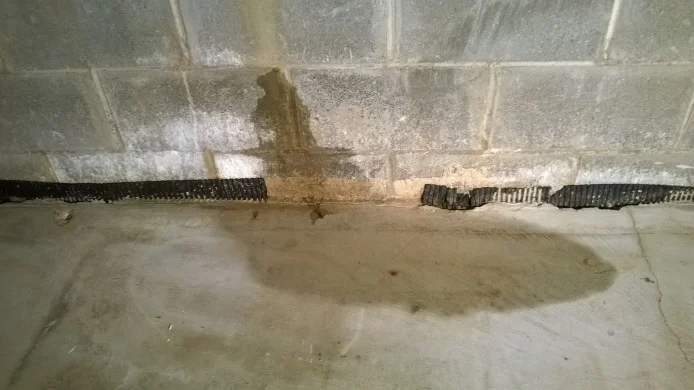Preventing Basement Water Intrusion: Insights from Home Inspector John Buckley

John Buckley is an experienced home inspector in New Jersey
Water intrusion in basements is a common concern for homeowners, often leading to structural issues, mold growth, and a host of other problems. In this blog post, we turn to the expertise of seasoned Home Inspector John Buckley to uncover the top causes of basement water intrusion and provide practical tips on preventing them.
1. Poor Exterior Grading:
One of the primary culprits of basement water intrusion is improper exterior grading. If the ground around your home slopes towards the foundation, rainwater is more likely to pool against the basement walls, leading to leaks and seepage. John Buckley emphasizes the importance of ensuring that the ground slopes away from the foundation to divert water effectively.
2. Inadequate Gutters and Downspouts:
Faulty gutters and downspouts can contribute significantly to basement water issues. When gutters are clogged or downspouts are improperly directed, rainwater overflows, saturating the soil around the foundation. John Buckley recommends regular gutter maintenance and ensuring downspouts extend at least 6 feet away from the foundation to prevent water from pooling near the basement.
3. Foundation Cracks and Gaps:
Any cracks or gaps in the foundation provide a direct entry point for water. John Buckley emphasizes the need for regular inspections of the foundation for any signs of cracks or openings. Promptly sealing these areas with appropriate materials can help prevent water intrusion and maintain the integrity of the foundation.
4. Inadequate Waterproofing:
Some basements lack proper waterproofing measures, making them susceptible to water intrusion. John Buckley recommends investing in quality waterproofing solutions, such as exterior sealants, interior waterproofing membranes, and proper insulation. These measures create a barrier against water, protecting the basement from potential leaks.
5. Poorly Installed Window Wells:
Basement windows often have window wells to prevent water from accumulating around them. However, poorly installed or improperly maintained window wells can become a source of water intrusion. John Buckley advises ensuring that window wells are correctly installed, adequately drained, and free from debris to prevent water from seeping into the basement.
6. Hydrostatic Pressure:
Hydrostatic pressure occurs when water in the soil exerts pressure against the basement walls. This pressure can force water through cracks and gaps in the foundation. To combat hydrostatic pressure, John Buckley recommends installing a reliable drainage system, such as interior French drains, exterior curtain drains, and sump pumps, to redirect water away from the foundation.
Preventing basement water intrusion is crucial for maintaining a dry, safe, and structurally sound home. By addressing the top causes identified by Home Inspector John Buckley, homeowners can take proactive measures to safeguard their basements. Regular inspections, proper maintenance, and investing in effective waterproofing solutions are key steps in ensuring a watertight basement and protecting your home investment for years to come.


Recent Comments